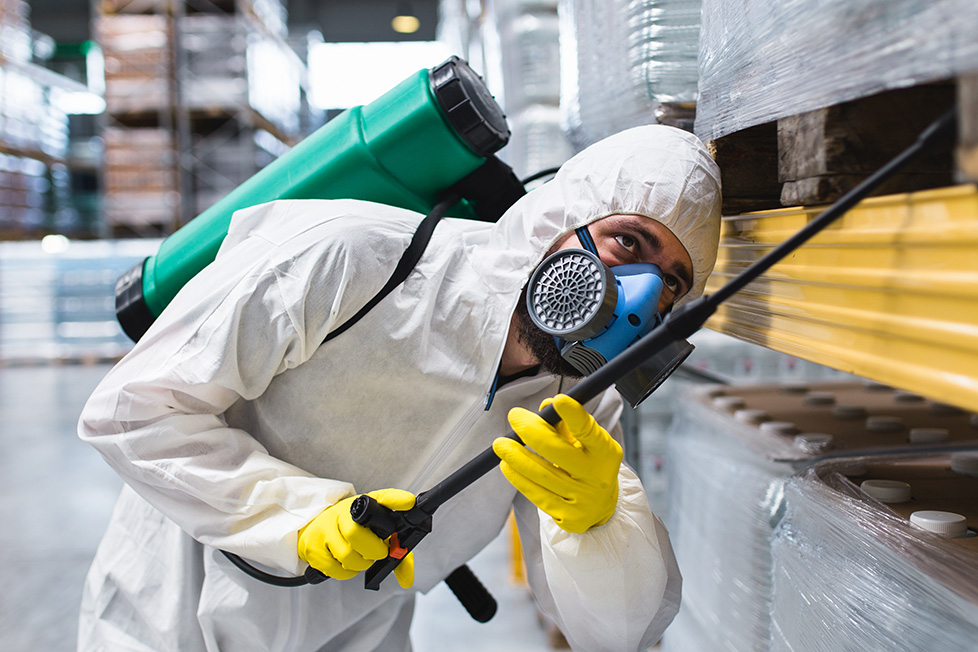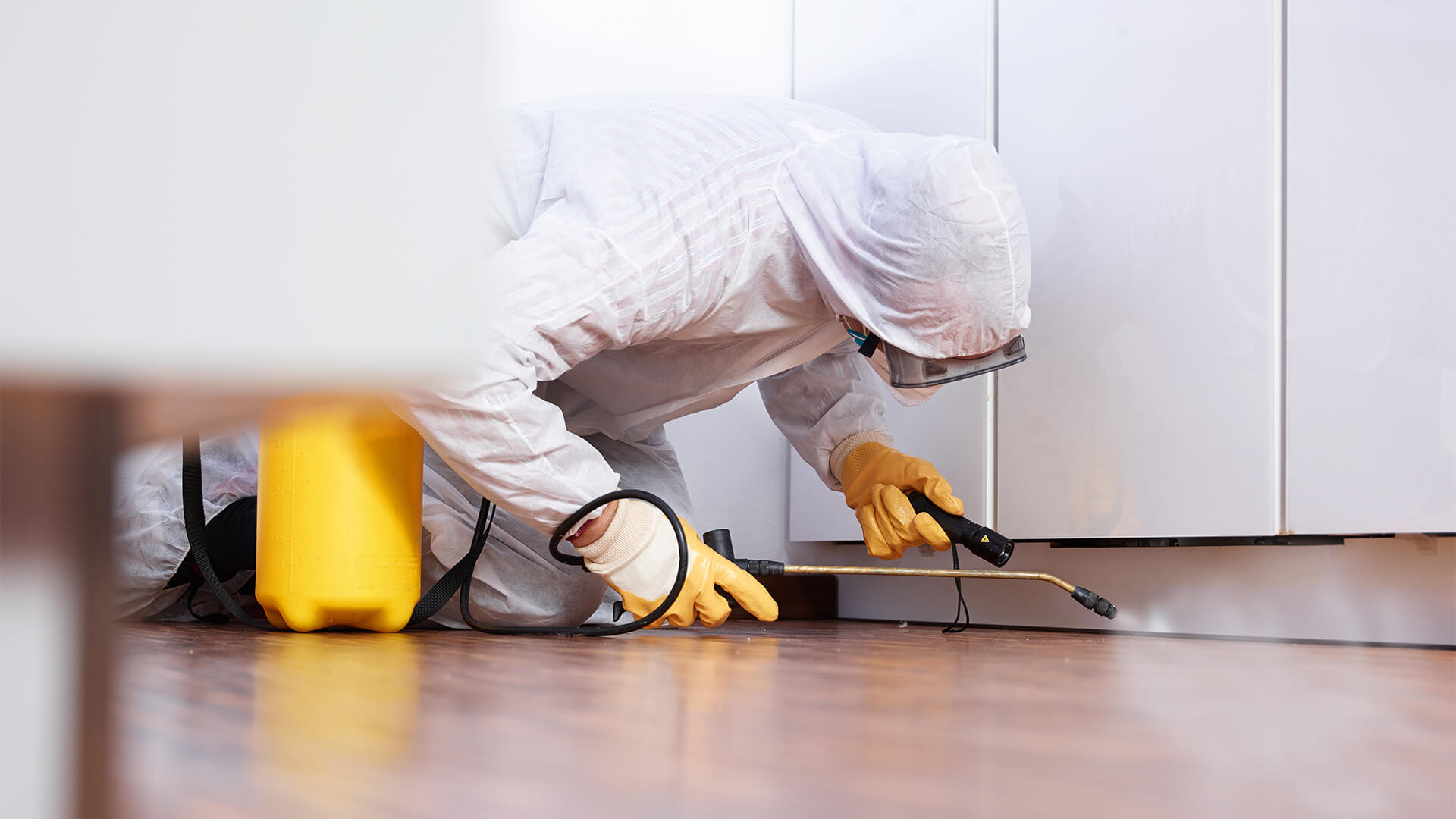Pest Control solutions for both commercial properties.
Eco-Friendly Parasite Control Approaches for Managing Wildlife in Urban Locations
Urban locations frequently locate themselves at the junction of human task and wildlife, resulting in special obstacles in pest administration. Green approaches highlight sustainable conjunction, using strategies such as environment modification and natural repellents to alleviate human-wildlife problems. These techniques not just protect the environment but likewise improve neighborhood interaction in wild animals monitoring. As city populaces proceed to expand, recognizing the characteristics of wild animals communications comes to be significantly crucial. What innovative methods can be implemented to ensure both ecological equilibrium and city safety and security? Discovering this concern exposes a compelling landscape of potential solutions.
Understanding Urban Wild Animals Dynamics
Recognizing Urban Wild animals Dynamics is crucial for creating effective and environmentally friendly pest control approaches. Urban areas are increasingly ending up being habitats for numerous wildlife varieties, driven by elements such as environment fragmentation, food accessibility, and human advancement. Acknowledging these characteristics permits for a nuanced approach to pest administration that aligns with eco-friendly principles.
Urban wild animals often consists of species such as raccoons, squirrels, and birds, which adapt to city settings, discovering particular niches in green rooms, parks, and even property locations. Their presence can cause problems with humans, specifically when they exploit personnels for food and sanctuary. Understanding the habits and eco-friendly roles of these types educates strategies that reduce unfavorable communications while promoting biodiversity.
Additionally, recognizing the interdependencies within city communities assists in recognizing critical areas for habitat conservation and reconstruction. This knowledge contributes to the advancement of integrated bug monitoring (IPM) techniques that consider the ecological balance, thus minimizing dependence on unsafe chemicals. By fostering coexistence between humans and urban wildlife, cities can create healthier environments that benefit both residents and local communities, paving the means for sustainable metropolitan living.
All-natural Repellents and Deterrents
Natural repellents and deterrents supply a lasting option to standard insect control methods by utilizing the power of nature to maintain undesirable varieties at bay. These environment-friendly remedies generally utilize plant-based ingredients, necessary oils, and various other naturally occurring substances that deter pests without damaging the atmosphere.
One efficient natural repellent is peppermint oil, which is recognized to drive away rats and bugs. Its strong aroma is undesirable to numerous pests, making it a preferred option for metropolitan setups. In a similar way, vinegar and citrus peels can serve as deterrents, as their solid odors are generally uninviting to different wildlife.
In addition, diatomaceous earth is an all-natural powder that can be spread out in areas susceptible to pest task, efficiently drying out and preventing insects without posturing dangers to non-target varieties. Moreover, garlic sprays and neem oil are recognized for their capability to fend off a large range of pests, consisting of both insects and larger wild animals.
Implementing these natural repellents not just reduces reliance on chemical pesticides yet also advertises a healthier urban ecosystem, promoting an extra well balanced coexistence between human beings and wild animals. By making use of these approaches, metropolitan locations can properly manage insect populaces while decreasing environmental impact.
Habitat Modification Methods
Reliable environment modification methods play an essential function in lasting bug monitoring by altering the environment to make it less favorable to pest invasions. By recognizing the eco-friendly characteristics of city locations, homeowner can apply critical modifications that deter pests while promoting biodiversity.
(Spider Control)One main strategy entails maintaining appropriate hygiene. This consists of regular waste removal, protecting garbage bins, and eliminating standing water to lower reproducing websites for pests and rats. Additionally, landscaping methods such as choosing indigenous plants can boost ecological balance, offering habitats for helpful microorganisms while minimizing resources for insects.
Another vital technique is to seal entry points in structures. Checking and fixing cracks in foundations, wall surfaces, and home windows can substantially decrease bug gain access to. Producing physical barriers, such as fencings or plant buffers, can prevent wildlife activity into human-inhabited areas.
Integrated Bug Administration Practices
Building upon environment alteration methods, integrated parasite administration (IPM) practices supply an alternative technique to managing parasite populaces while reducing ecological effect. IPM combines different strategies, consisting of biological, social, mechanical, and chemical controls, to achieve efficient pest administration.
Organic control entails the introduction of all-natural killers or parasites to decrease pest populaces. Social methods, such as plant rotation and cleanliness, disrupt pest life process and decrease their environments - Pest Control. Mechanical controls, like traps and obstacles, provide instant alleviation from insect stress without chemical treatment
Chemical controls are used as a last hotel, concentrating on targeted applications that limit damage to non-target varieties and the environment. The choice of eco friendly pesticides, when needed, is integral to the IPM framework. Furthermore, monitoring insect populaces and examining prospective damages aids educate decision-making, ensuring that interventions are timely and effective.
Neighborhood Participation and Education And Learning

(Lawn pest control Port Charlotte)Workshops and educational sessions can equip citizens with expertise regarding indigenous species, habitat preservation, and reliable safe pest administration techniques. Partnership with institutions, neighborhood companies, and government agencies even more improves instructional outreach, guaranteeing that important info gets to varied target markets.
In addition, community-led efforts, such as neighborhood clean-up days and environment restoration projects, not just advertise biodiversity but also strengthen area connections. Pest Control. By urging residents to share their experiences and monitorings, areas can create targeted methods that address specific local parasite concerns
Integrating feedback from locals right into insect management prepares enables a more responsive and flexible strategy to wildlife challenges. Ultimately, educated and involved communities are crucial to attaining lasting success in environment-friendly pest control, leading to much healthier urban settings that value both human and environmental demands.

Conclusion
In verdict, eco-friendly bug control comes close to deal sustainable remedies for handling city wildlife. By focusing on habitat modification, using all-natural informative post repellents, and carrying out incorporated pest management techniques, areas can foster an unified conjunction with neighborhood animals.